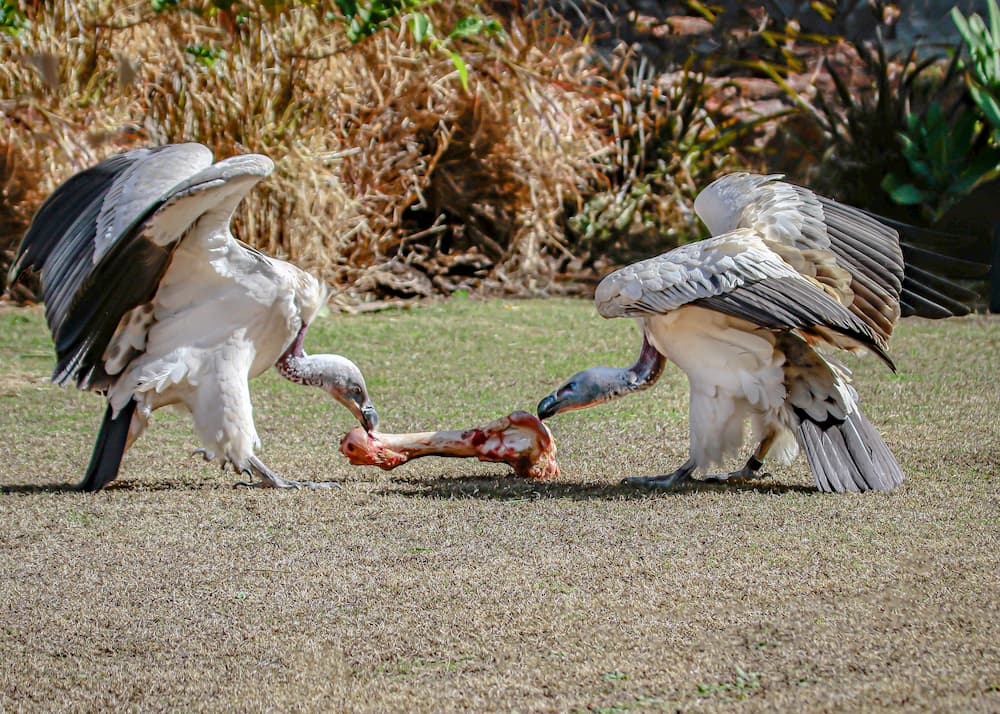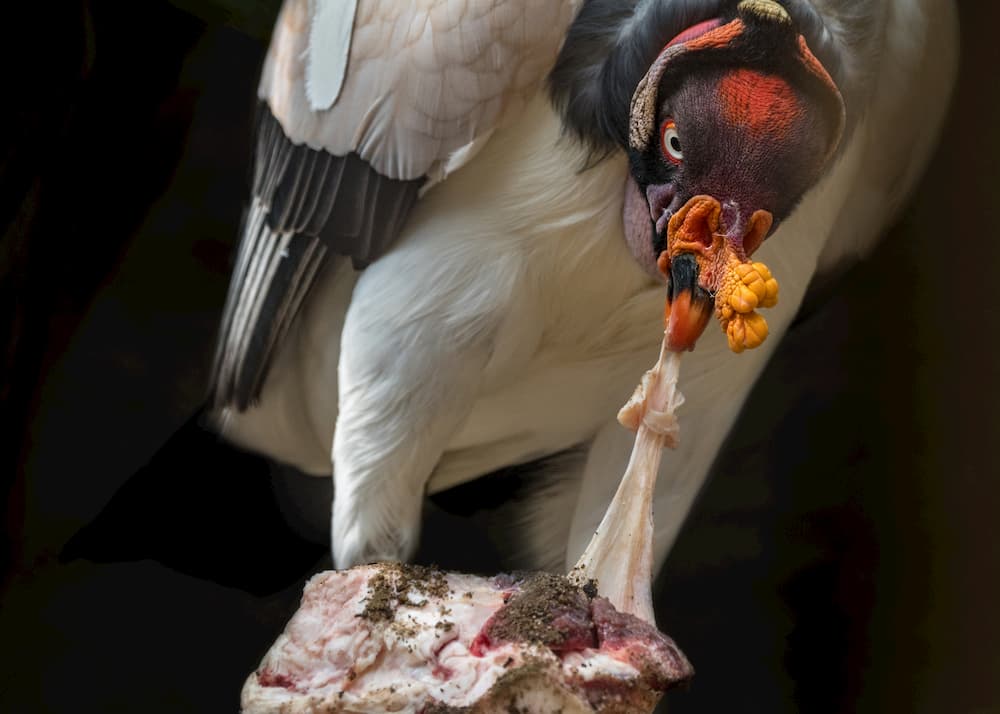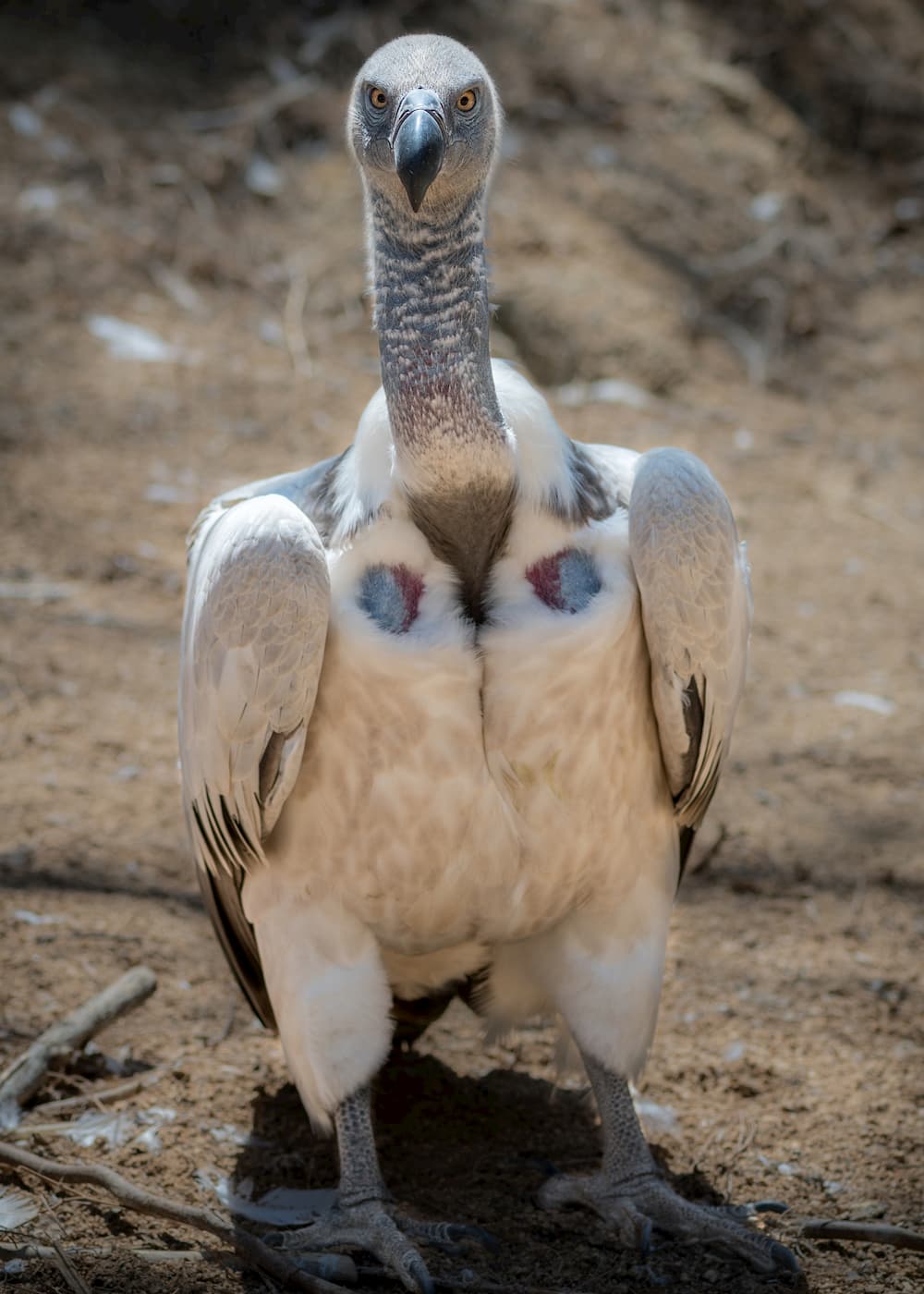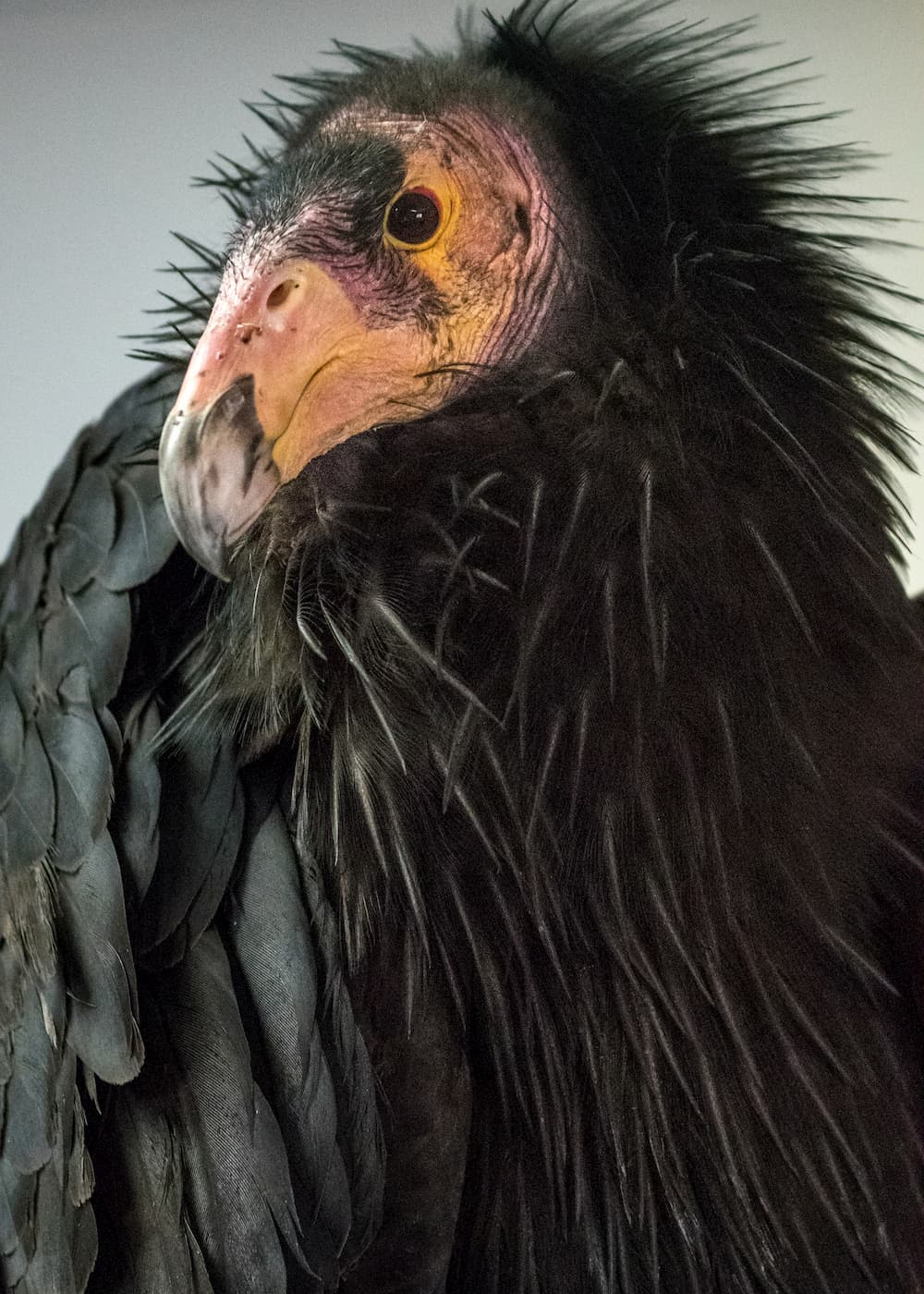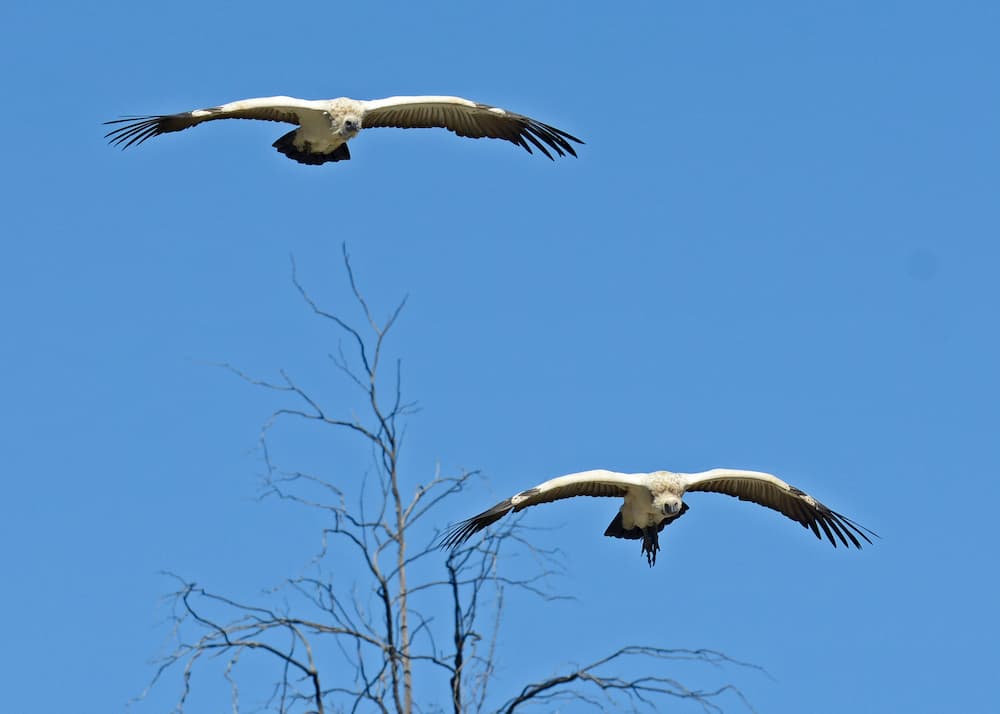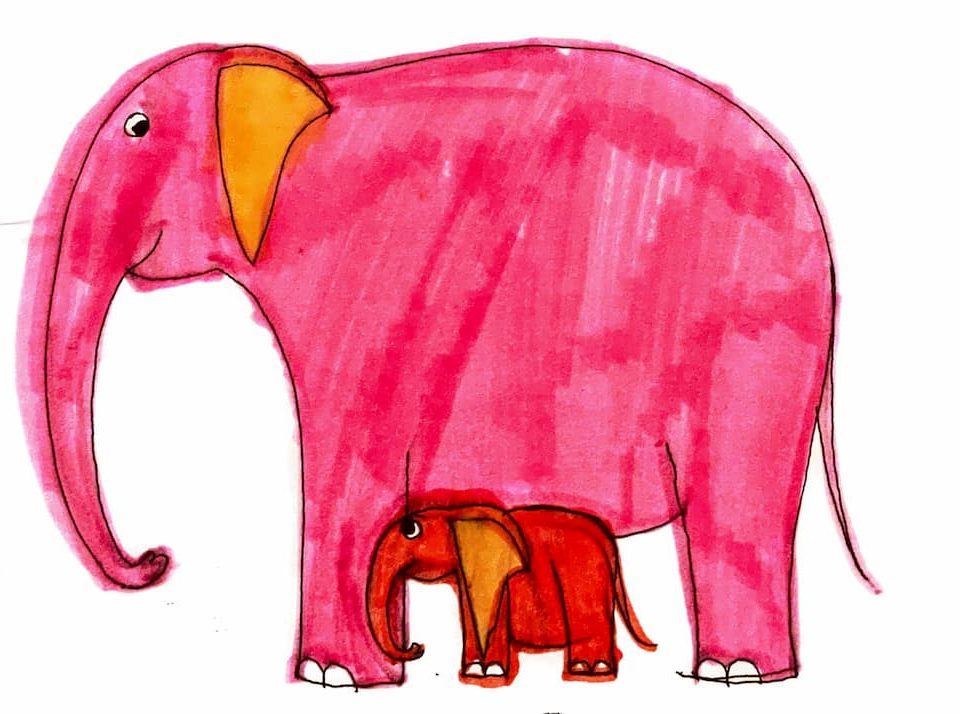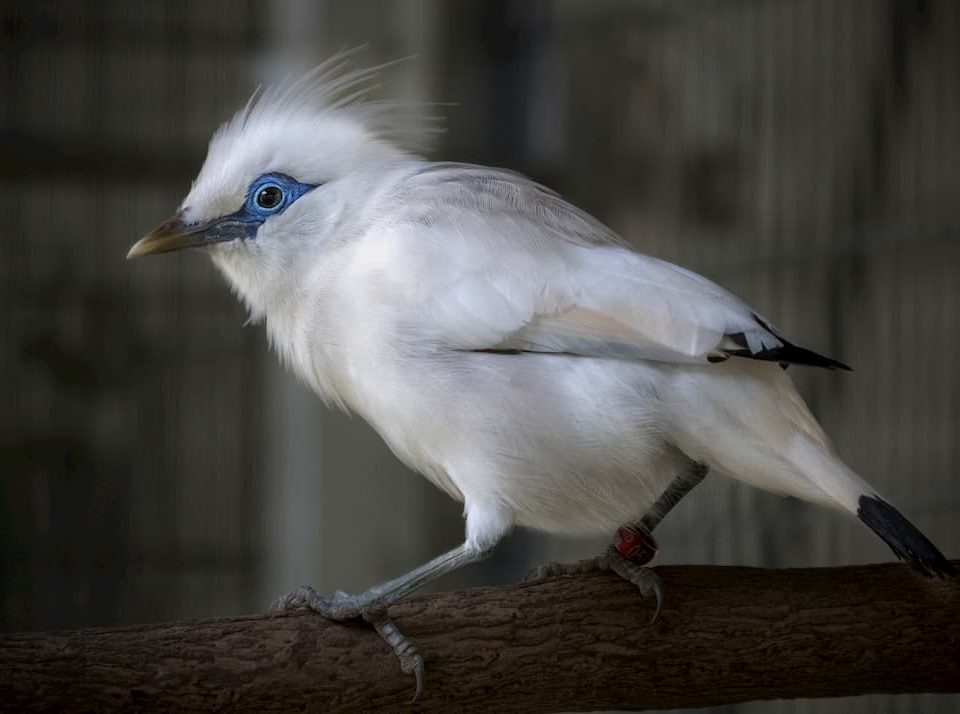Introducing VIVAD: Virtual International Vulture Awareness Day!

New in the Zoo
September 1, 2020
Zoo Update with Tom Jacobson
September 1, 2020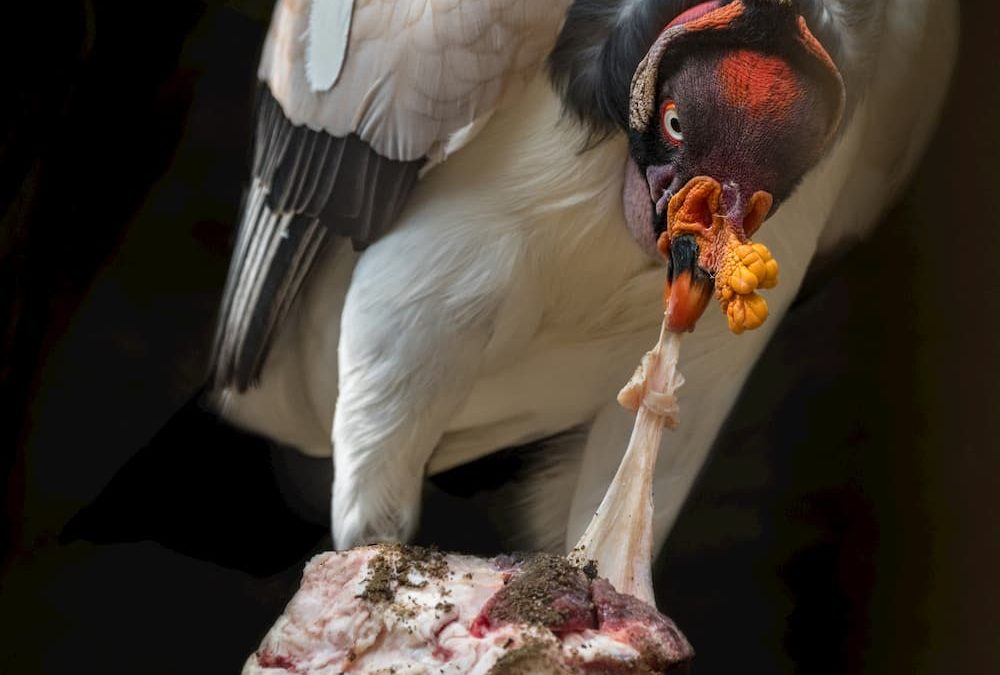
Vultures have many unique adaptations that enable them to survive on carrion. Photo by Jamie Pham
Vultures are a very special group of birds that have long fascinated humans. Because of their association with death, some cultures have revered them as deities who can travel between the realms of the living and the dead. But they have also been persecuted because of the misperception that they are dirty and carry disease. In reality, vultures are very fastidious. They have special adaptations that help them stay clean, and they constantly groom themselves to keep tidy. Additionally, their role as scavengers in the ecosystem helps keep our environment free of disease outbreaks because they break down and eliminate decomposing carcasses.
International Vulture Awareness Day is one of our most beloved events at the Los Angeles Zoo, and under normal circumstances, we celebrate it with a full program of activities that showcase the amazing vultures in our care and the many ways that the L.A. Zoo works to conserve these birds in the wild. This year, our festivities will be different due to the COVID-19 pandemic, but we hope you will have as much fun and discover as many scintillating facts as you would in person through our virtual programming — VIVAD!
Also, we would like to remind you that your support of GLAZA through donations, membership, and purchases in our new online store helps the Zoo achieve its mission of saving animals—including vultures—from extinction. Thank you!
Though they are frequently grouped with raptors, vultures are unique. Like other birds of prey, they are strictly carnivorous, however, their diet consists almost exclusively of carrion and they therefore have distinctive adaptations that set them apart. Because they do not need to kill prey, vultures lack the powerful talons for which raptors are named. (The Latin word for "grasp" or "seize" is rapere.) Their sharp, hooked beaks are primarily for ripping apart carrion, and because they plunge their heads and necks into carcasses, the lack of feathers makes them less susceptible to bacteria and viruses. Their digestive systems feature strong acids that break down tough tissues and kill pathogens that cause many diseases, including rabies and anthrax. Also, unlike solitary hunters such as hawks and eagles, they feed communally and lead complex social lives.
“They are always feeding in groups with other vultures and also predators that could take them out, so they have to read every situation and be one flight ahead of everything,” comments Curator of Birds Mike Maxcy. “Eagles sometimes will share with vultures for large carrion, but most birds of prey would not tolerate others near their kill. Vultures often have to share a feeding opportunity with a variety of scavengers and opportunistic feeders. They have to study and understand their surroundings, be completely aware, and—like humans—know their place in the hierarchy.”
The L.A. Zoo is home to five vulture species. Of these, only the population of black vultures (one of our native California birds) is stable. California condors (another iconic native species) are making a come-back but remain Critically Endangered. Their South American cousins, the Andean condors, are Near Threatened with populations declining. King vultures, also from South America, are still common but their populations, too, are declining. Cape vultures are native to southern Africa, where they are considered Vulnerable with their populations decreasing, as is the case with the ten other vulture species found in Africa. Common threats include habitat loss, persecution by humans, collisions with powerlines and other structures, and consumption of lead fragments from bullets.
Perhaps the most famous of the Zoo’s vultures is a species that you will not find in our public areas. The L.A. Zoo was one of the founding organizations in the California Condor Recovery Program (CCRP), and these remarkable birds remain a cornerstone of the Zoo’s conservation work. Though most of the CCRP activities take place behind the scenes in our two California condor facilities, you might catch a glimpse of California condor ambassador Dolly.
Our other celebrity California condor is Hope, who is part of the World of Birds Show cast. Like Dolly, Hope had a wing injury that impaired her ability to fly, though she is able to stay aloft for short distances, which made her a great addition to the World of Birds Show cast. Though the World of Birds Show will not be open to audiences until it is safe to do so, our staff continue to work with all of the cast members, developing new demonstrations that highlight the birds' natural behaviors.
The Zoo features only one Andean condor on view in our South American section. Leadbottom hatched at the Zoo on June 18, 1983 and had to be hand raised because he kept falling out of his nest—hence his name. Leadbottom was part of the World of Birds Show for many years. As he aged, he began having some health issues, so he retired to his current habitat in the South America section. Because his ability to fly is now impaired, it is safer for him to make his home in a smaller habitat. Two additional Andean condors, KC and Sunshine, are members of the World of Birds Show cast.
Along with Andean and California condors, the king vulture is among the largest of the New World vultures, with a wingspan of up to six feet. In Mayan culture, this colorful bird was seen as a messenger between humans and the gods and was sometimes depicted as a deity with the head of a bird and the body of a man. In addition to Boz, is featured in the World of Birds Show cast, two king vulture ambassadors reside at the Zoo, Inanna lives in the Bird Show compound and Cacique makes his home in the California condor facility.
Morticia (affectionately known as "Mort), also a member of the Bird Show cast, is a northern black vulture. Black vultures and turkey vultures are the most common vultures in North America. Both are large birds with wingspans of five to six feet. Black vultures maintain close social ties with their extended families throughout their lives.
The only Old World vultures at the Zoo are Cape vultures, native to the Cape region of southern Africa, and they have a long history here. Since 1996, some 40 eggs have been laid and about 20 chicks fledged at the Los Angeles Zoo. These majestic birds can reach up to 8.5 feet in wingspan and up to 24 pounds in weight. They are gregarious and nest in colonies. “They are completely different than the New World species in attitude,” comments Maxcy. “We are fortunate to have a flock of eight in our care, and when we eventually complete the new habitat that we are planning for them in the Zoo's Africa section, our guests will have the opportunity to observe their fascinating social interactions.” In the meantime, a pair of Cape vultures (Thelma and Louise) are part of the World of Birds Show cast.


